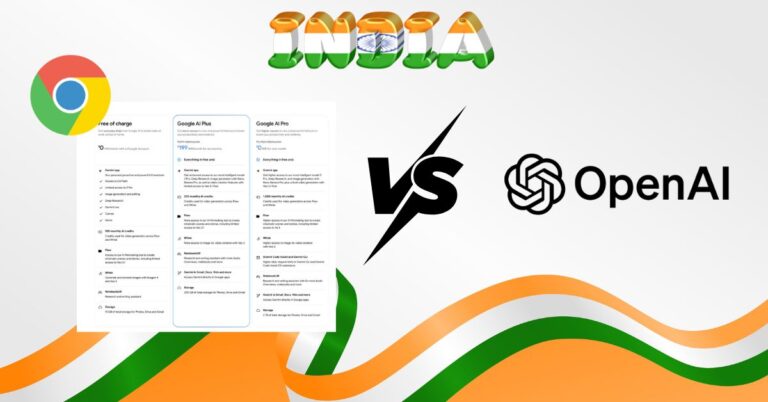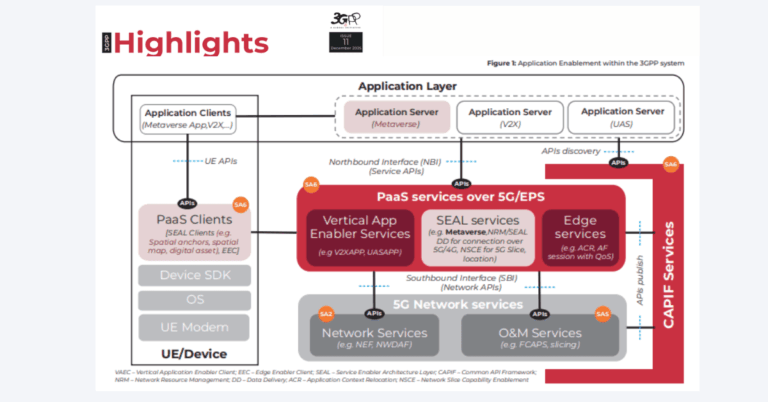Partnership overview: Ericsson–depa 5G for Thailand 4.0
Ericsson and Thailand’s Digital Economy Promotion Agency (depa) have extended their 5G cooperation for two more years to accelerate industrial digitalization under the Thailand 4.0 agenda.
What’s new: extended MoU and 5GIX Studio focus
The updated memorandum of understanding renews a public–private framework that began in 2022 and centers on applied 5G innovation for manufacturers, logistics providers, energy firms, and smart city programs. A focal point remains the 5G Innovation and Experience Studio (5GIX Studio) in Thailand Digital Valley, Chonburi, which functions as a testbed and service hub for advanced wireless trials, spectrum sharing scenarios, and industry-grade applications. Since launch, the facility has hosted pilots ranging from robotics and automated machinery to machine vision and security analytics, giving Thai enterprises a controlled environment to validate performance and ROI before scaling.
Why now: enterprise 5G scale-up in Thailand
Thailand’s enterprise 5G opportunity is expanding quickly, with the Ministry of Digital Economy and Society projecting multi-billion-dollar spend by 2027 and widespread digital adoption by mid-decade. Competitive pressure across ASEAN, policy tailwinds from MDES and depa, and a new Sweden–Thailand strategic partnership on digitalization and critical infrastructure all converge to create a window for production-grade deployments. For operators and enterprises, the ability to move from PoC to factory floor—using proven architectures, secure supply chains, and standards-based features such as 5G Standalone (SA), network slicing, URLLC, and edge computing—will determine who captures value.
Inside 5GIX Studio: testbed for industrial 5G
The 5GIX Studio gives Thai stakeholders a neutral venue to co-create, test, and certify 5G-enabled industrial solutions with faster cycle times and lower risk.
Focus areas: SA, slicing, URLLC, edge, security
The lab is designed for end-to-end validation, from radio configurations and spectrum sharing models to application-layer performance under realistic interference, mobility, and latency constraints. Priority use cases include autonomous mobile robots and AGVs, time-sensitive industrial control, high-resolution video analytics, and connected safety systems. The environment supports integration with OT systems, data pipelines to on-premises or regional edge clouds, and security testing aligned with industrial requirements.
Pre-scale testing: SA, TSN, RedCap, Wi‑Fi coexistence
Enterprises can de-risk deployments by validating SA core features, deterministic performance with 3GPP Release 16/17 capabilities such as URLLC and TSN integration, device interoperability (including NR-RedCap for sensors and wearables), and coexistence with Wi‑Fi 6/6E in brownfield sites. It is also the right venue to assess private 5G versus hybrid models, evaluate neutral-host approaches, confirm SLAs for critical production lines, and run cybersecurity drills against IEC 62443-aligned policies. Early testing of lifecycle operations—observability, patching, and failover—will shorten time to production.
Strategic implications for 5G commercialization
The partnership strengthens Thailand’s 5G industrial ecosystem and sets practical guardrails for commercialization and scale.
For operators and vendors: private 5G and edge-as-a-service
The extended MoU expands a platform for co-selling and co-developing vertical solutions with clear performance evidence. Carriers can leverage the studio to package private 5G and edge as-a-service, refine pricing for slices and campus networks, and demonstrate integration with enterprise IT stacks. Given ongoing debates about integrated RAN versus Open RAN in mission-critical environments, the testbed enables fact-based assessments of maturity, energy efficiency, and lifecycle costs. Ericsson’s global footprint—powering well over a hundred live 5G networks—and leadership positions in recent market assessments provide credibility for Thai industrial buyers seeking lower execution risk.
For enterprises: KPIs, architecture, security, SLAs
Manufacturers, logistics hubs, utilities, and municipalities should use the studio to build a 24–36 month roadmap anchored in measurable KPIs: OEE gains, reduced downtime, quality yields, energy savings, and worker safety improvements. Priorities include defining target architectures (private on-prem versus hybrid edge), aligning spectrum options with mobility and latency needs, establishing security and segmentation models, and integrating with MES/ERP and data governance frameworks. Procurement should require standards compliance (3GPP Rel‑16/17, relevant security certifications), clear migration paths, and multi-year support SLAs. Firms should also monitor the evolution of network APIs under initiatives like GSMA Open Gateway, which could simplify exposure of QoS and location services into enterprise applications as local operators advance their roadmaps.
Policy and ecosystem: Thailand 4.0 and Sweden–Thailand pact
The program’s momentum benefits from aligned policy, international collaboration, and a widening partner ecosystem.
Government alignment: incentives and bilateral cooperation
depa and MDES continue to anchor Thailand 4.0 with incentives for industrial transformation, SME digitization, and digital skills. The recently elevated Sweden–Thailand strategic partnership adds diplomatic backing for collaboration across telecommunications, critical infrastructure resilience, cybersecurity, and trusted supply chains. This creates a more predictable environment for capital allocation, joint R&D, and technology transfer, while reinforcing security-by-design expectations in core and RAN deployments.
Standards and security: 3GPP, assurance, resilience
Enterprises should insist on open standards and vetted security practices, including 3GPP-aligned features, adherence to telecom security assurance schemes, and alignment with industrial cybersecurity standards. Data residency, lawful intercept, and sectoral compliance will shape architecture choices between on-premises, local edge, and public cloud. Resilience planning—redundant slices, dual connectivity, and multi-site failover—should be validated early for safety-critical operations.
What to watch: production-scale 5G signals
Key signals over the next 12–18 months will indicate whether pilots are converting into production-scale deployments with sustainable economics.
Milestones: private 5G SA, RedCap devices, spectrum trials
Watch for announcements of private 5G SA deployments in manufacturing clusters, broader availability of industrial-grade RedCap devices, and expansion of mid-band and millimeter-wave trials for dense factory footprints. Policy updates on enterprise spectrum access and incentives, as well as published case studies from the 5GIX Studio detailing ROI and operational outcomes, will be meaningful markers. Operator roadmaps for network APIs and edge zones near industrial corridors will also signal readiness for scale.
Actions now: time-boxed PoCs, RFPs, upskilling
Run a time-boxed PoC in the 5GIX Studio tied to a single business problem and baseline metrics. Build an integration plan with OT and cybersecurity teams from day one. Structure RFPs to compare total cost of ownership across deployment models and require observability and lifecycle tooling demonstrations. Invest in workforce upskilling for RF, edge, and data engineering to avoid bottlenecks at go-live. Align with depa programs for funding and standards guidance to accelerate approvals.
Bottom line: accelerator for industrial 5G in Thailand
The Ericsson–depa extension is a pragmatic accelerator for industrial 5G in Thailand, shifting the conversation from trials to scale with stronger policy support and a mature testbed.
Outlook: 2025–2027 scale to networked factories and smart cities
If stakeholders use the 5GIX Studio to prove performance, security, and economics before rollout, Thailand’s manufacturers and critical infrastructure operators can move faster than regional peers. With credible vendors, aligned government initiatives, and a clear focus on standards-based architectures, 2025–2027 is a realistic window to transition from pilot islands to networked factories and smart cities that deliver measurable productivity and resilience gains.







































